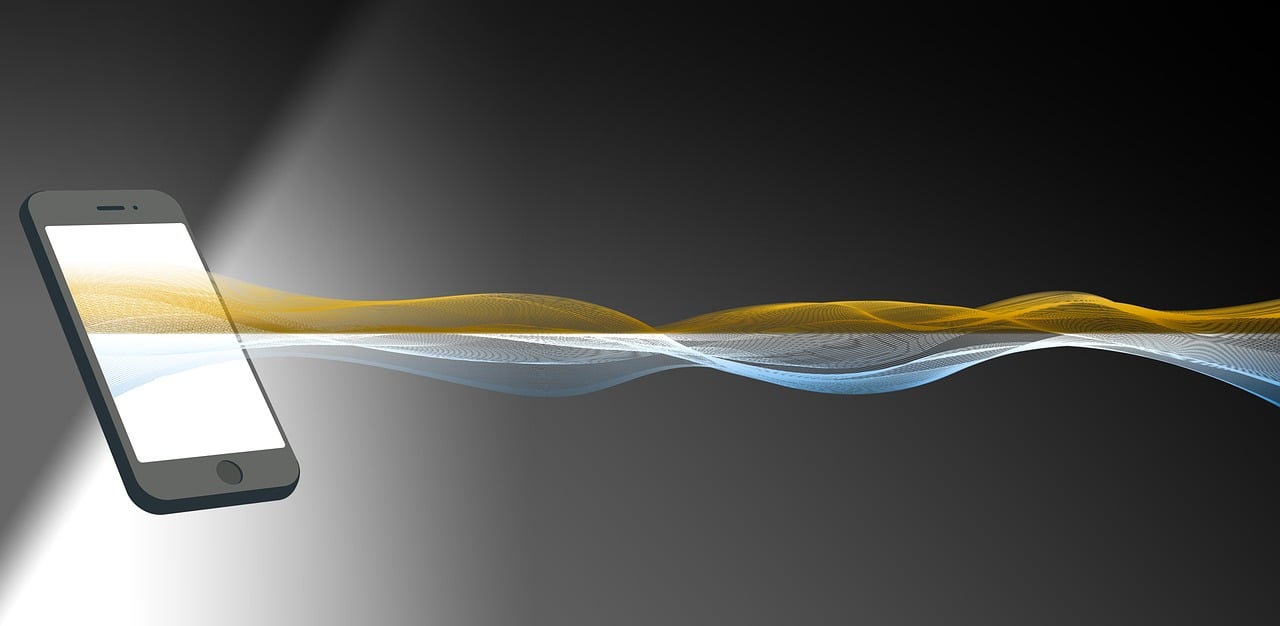Chills are usually associated with fever. The word itself refers to a feeling of being cold and shivering. This is caused due to a rapid process of contracting and relaxing of the muscles in the body. When the body detects that a fever may be setting in, it contracts and relaxes the muscles rapidly in order to bring up the body heat and fight the fever.
What Causes Fever and Chills
Chills are usually caused due to exposure to a very cold environment or an infection, either bacterial or viral. It is very important to get medical attention as soon as you or a family member starts feeling ill. Children are often more prone to chills because they usually develop higher fevers than adults. If your child is below a year old, call a doctor immediately because it could lead to a very bad illness if not treated as soon as possible.
A lot of people confuse chills with Goose bumps. While goose bumps are similar, they only occur due to cold air. They are usually brought on by strong emotions that are related to fear or shock. In most cases, the hair on the skin will stand up when you get goose bumps in order to form a layer of insulation to the body. While chills may be accompanied by goose bumps, it does not always happen the other way around.
When to Seek Medical Attention
If you or your child is only suffering from a mild fever and there are no other side effects, all that is probably needed is a lot of rest and relaxation. Drink a lot of fluids and let your body get well naturally. However, if the chills accompanied by any other side effects like shortness of breath, abdominal pain or a bad cough, it is worth seeking medical attention to find out what the problem is. Young children should also be taken to a medical professional immediately if they have a fever that crosses 101 degrees.
When you visit the doctor, expect to be asked questions based on the chills as well as other factors. Ideally keep a record of information like how often the chills have come on, how long they have lasted, the highest temperature your body has gone to and whether there have been any other symptoms along with the chills. The more accurate the answers, the quicker it will be for the doctor to diagnose the problem. A physical examination of the eyes, nose, neck, throat and abdomen may also be conducted.


